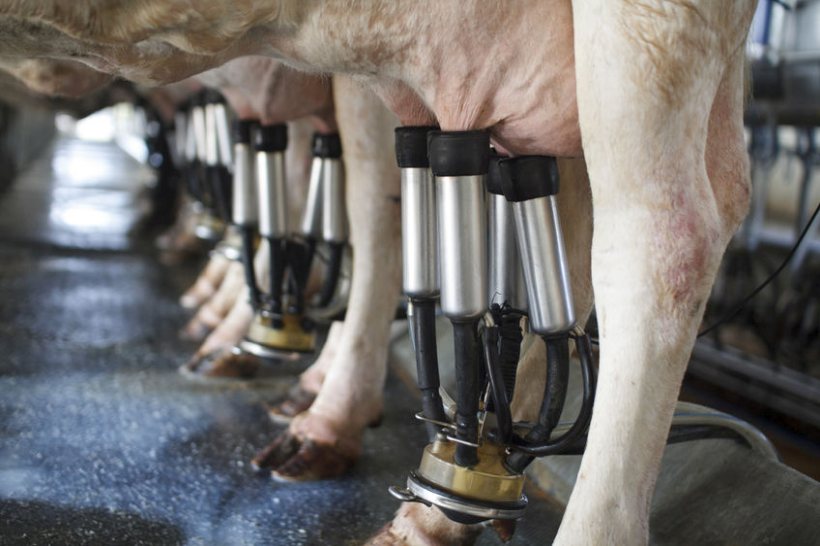
As the end of the year approaches, the global dairy market is 'bracing for change' in the US government, a shift in trade policy with Brexit and new opportunities in a post-Covid world.
This is according to agri finance specialist Rabobank, which has published its World Dairy Map showing how global dairy supply chains are connected through well-established trade routes.
Dairy product trade in 2019 topped 82 million metric tons in milk equivalents and grew by an average 2.25% for the period 2014 to 2019.
In 2019, cheese was the most traded dairy commodity at 2.66m metric tons, followed closely by whole milk powder (WMP) at 2.61m metric tons and skim milk powder (SMP) at 2.58m metric tons.
“The period between 2015 and 2019 brought significant change to the global dairy trade," according to Michael Harvey, senior analyst – dairy at Rabobank.
"The EU became the world’s largest dairy exporter in 2019, accounting for nearly 29% of exports.”
Against this backdrop, an era of heightened geopolitical and trade tensions, likely to dominate the landscape for some time, began in the US and spread to other parts of the globe.
Although the Russian ban on a range of food and agricultural imports remains an obstruction for European exporters, Russia remains one of the world’s largest dairy importers.
Notably, the origin of imports has shifted, with Belarus exporting 240,000 metric tons of cheese and 62,000 metric tons of butter to Russia.
New Zealand remains a giant in the world dairy export game – accounting for 25% of all trade in 2019.
China’s 2019 WMP imports from New Zealand reached a record 638,000 metric tons, Rabobank's report says.
This is the most significant global dairy trade flow and nearly double the size of the second-largest trade route, which is US SMP exports to Mexico.
China’s role as the world’s largest importer remained constant, with its import demand accounting for 13.3% of all dairy trade.
However, China’s dairy demand may ease over the next decade as the growth rate of per capita demand slows and domestic production potentially expands.
There are other large importers as well: “The combined annual import volumes of North Asian countries, such as Japan and South Korea, ranked third in 2019," Mr Harvey said, adding that North Asia would continue to be a driver of trade growth.
In addition, the combined annual import volumes of the ASEAN-6 - Indonesia, Malaysia, the Philippines, Singapore, Thailand, and Vietnam - equals that of China.
A growing milk deficit over the next decade in Southeast Asian markets will be a significant pull factor for strategic dairy export growth, Rabobank's report says.
North Africa’s Algeria remains a major player in the global dairy market, accounting for 10.5% of total trade in 2019.
The regular tenders held by the government buying agency (ONIL) provide a good battle for WMP market share among Europe, New Zealand, and South America.
